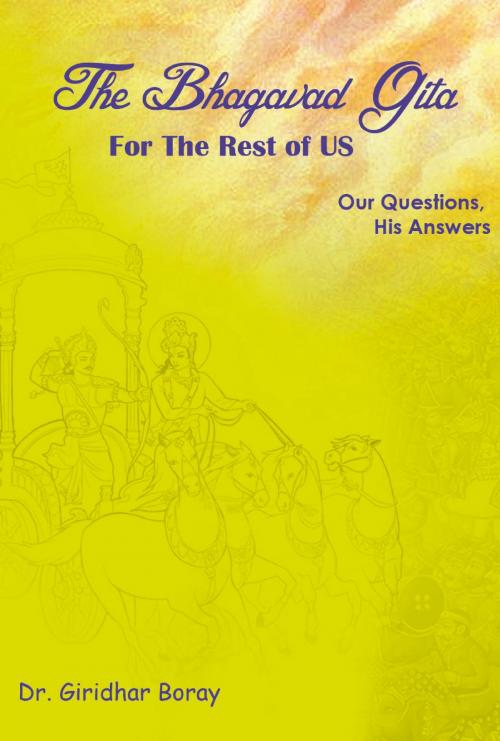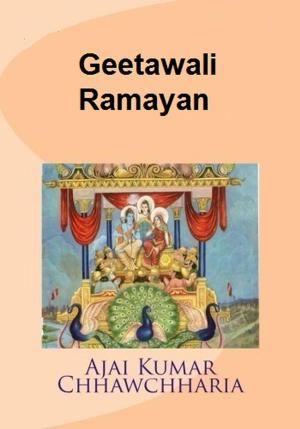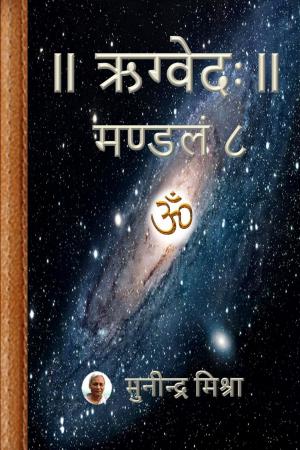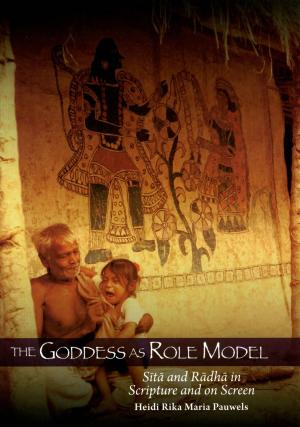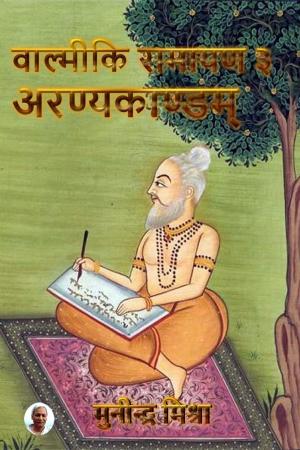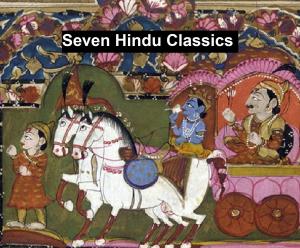The Bhagavad Gita for the Rest of Us
Nonfiction, Religion & Spirituality, Eastern Religions, Hinduism| Author: | Giridhar Boray | ISBN: | 9788192850313 |
| Publisher: | Giridhar Boray | Publication: | December 25, 2013 |
| Imprint: | Smashwords Edition | Language: | English |
| Author: | Giridhar Boray |
| ISBN: | 9788192850313 |
| Publisher: | Giridhar Boray |
| Publication: | December 25, 2013 |
| Imprint: | Smashwords Edition |
| Language: | English |
Over centuries, The Bhagavad Gita has been considered an important spiritual guidebook and has influenced many thought leaders in human history. The Gita is conversational poetry set in an epic battlefield where a family of cousins are engaged in a war for control of a kingdom. The Lord Almighty assumes the role of a charioteer for prince Arjuna who is about to fight his cousins led by Duryodhana. The fact that this is a war between cousins and involves people related to each other immerses Arjuna in a deep remorse at the prospect of fighting his cousins, uncles, friends, teachers etc, which leads him to a decision to abdicate the war and leave the kingdom to his cousins. At this point, the Lord teaches Arjuna the need for one to confront difficult tasks in life and not run away from responsibilities as in this case, it was Arjuna's responsibility to wrest the kingdom away from his cousins who had usurped the same with dubious means. Arjuna indeed had an obligation to run a just and rightful administration. The Lord answers a series of questions that Arjuna has on the overall concept of rightful action, how to conduct them and the associated attitude. The Lord then expounds on the cycle of the universe, the cycle of births and deaths, nature of the universe, the constituents of the universe, inter relationship among these constituents, the nature of Lord Almighty etc. The Gita also provides guidelines for daily living by coverings aspects of diet, meditation and yoga.
There are 700 Sanskrit verses in the Gita. There are many excellent commentaries on the Gita in many different languages, but the author felt a need for a simple book on the Gita presenting the core concepts by minimizing the use of Sanskrit words or terminology and sticking to plain English. The entire book is presented in a Q&A format in keeping with the spirit of the original work. The core concepts presented are based on an interpretation by the 12th century ascetic Sri Madhwacharya which was further expanded by later day savants such as Sri Raghavendra Swamiji.
Over centuries, The Bhagavad Gita has been considered an important spiritual guidebook and has influenced many thought leaders in human history. The Gita is conversational poetry set in an epic battlefield where a family of cousins are engaged in a war for control of a kingdom. The Lord Almighty assumes the role of a charioteer for prince Arjuna who is about to fight his cousins led by Duryodhana. The fact that this is a war between cousins and involves people related to each other immerses Arjuna in a deep remorse at the prospect of fighting his cousins, uncles, friends, teachers etc, which leads him to a decision to abdicate the war and leave the kingdom to his cousins. At this point, the Lord teaches Arjuna the need for one to confront difficult tasks in life and not run away from responsibilities as in this case, it was Arjuna's responsibility to wrest the kingdom away from his cousins who had usurped the same with dubious means. Arjuna indeed had an obligation to run a just and rightful administration. The Lord answers a series of questions that Arjuna has on the overall concept of rightful action, how to conduct them and the associated attitude. The Lord then expounds on the cycle of the universe, the cycle of births and deaths, nature of the universe, the constituents of the universe, inter relationship among these constituents, the nature of Lord Almighty etc. The Gita also provides guidelines for daily living by coverings aspects of diet, meditation and yoga.
There are 700 Sanskrit verses in the Gita. There are many excellent commentaries on the Gita in many different languages, but the author felt a need for a simple book on the Gita presenting the core concepts by minimizing the use of Sanskrit words or terminology and sticking to plain English. The entire book is presented in a Q&A format in keeping with the spirit of the original work. The core concepts presented are based on an interpretation by the 12th century ascetic Sri Madhwacharya which was further expanded by later day savants such as Sri Raghavendra Swamiji.
